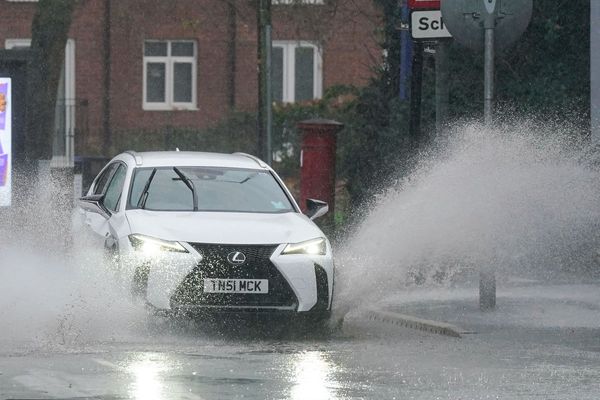
The unusual warmth of early September is gone and autumn has begun in earnest in London.
With these colder temperatures, you might be noticing condensation forming on your windows.
Not only does this obscure your view, but it can also cause long-term damage to your home through mould and wall damage, as well as impact the efficiency of your heating.
Here’s a look at what causes condensation on windows and, more importantly, how to stop it.
What causes condensation on windows?
Condensation appears when water vapour inside your home is unable to escape.
Water vapour builds when warm air circulates and meets a colder surface — like your windows, especially when the weather outside is getting cooler.
It might start off looking like a mist on your windows but, if allowed to build up, will become droplets of water that can damage the surrounding walls and sills.
Everyday household activities, like boiling water, having a warm shower, using a tumble dryer, and even breathing out adds more water vapour to the interior of your home.
When it’s cold outside, people turn their heating on and keep their windows and doors closed, leading to warm conditions with less ventilation. This is the perfect environment for condensation to build up.
How to get rid of condensation
The golden rule is to remember that ventilation reduces condensation. Even when it’s cold outside, opening a window for between 30-60 minutes can help to allow hot air to escape and reduce interior moisture.
In areas where moisture is prone to build up, like bathrooms and kitchens, make sure that the right kit is fitted, including extractor fans and even dehumidifiers if needed.
Investing in tools like these will help to keep your home more dry and efficient over years, so are well worth fitting in before permanent damage is caused.
How to prevent condensation
Of course, the best way to get rid of condensation is to stop it from happening in the first place.
Some windows are more likely to suffer from condensation, such as single-glazed windows or ones with less energy-efficient double-glazing. Making sure your windows are efficiently insulated is a good way to reduce the chance of condensation build-up.
Installing radiators under windows can also help keep your home warm and therefore keep the warmth in the air, rather than turning into unwanted moisture.
If you’ve taken such measures and are still experiencing issues, it might be worth contacting a glazier in case there’s a loose seal or some other structural issue that could be causing problems for your home.
Do trickle vents stop condensation?
As noted above, ventilation helps to reduce condensation. Trickle vents are a way to ventilate your home without opening a window by allowing air to ‘trickle’ out.
They are usually fitted into windows and doors to allow constant airflow in and out of your home.







